japanese ME-262!
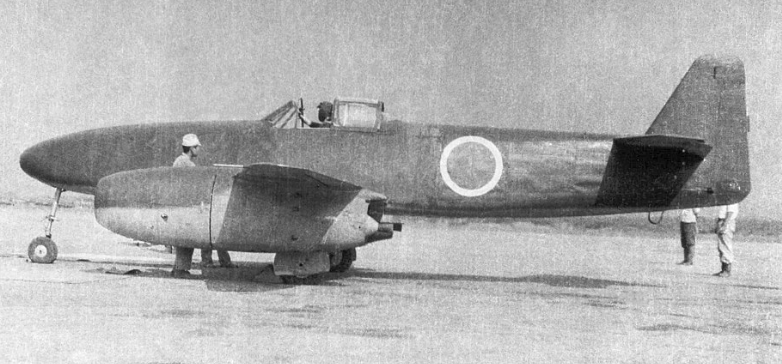
The Nakajima Kikka ("tachibana orange blossom"), initially designated Kokoku Nigo Heiki ("Imperial Weapon No. 2"), is Japan's first turbojet-powered aircraft. It was developed late in World War II, and the single completed prototype flew only once, in August 1945, before the end of the conflict.
operational history:
The first prototype commenced ground tests at the Nakajima factory on 30 June 1945. The following month, it was dismantled and delivered to Kisarazu Naval Airfield where it was re-assembled and prepared for flight testing. The first flight took place on 7 August 1945 (the day after Hiroshima was bombed by atomic bomb), with Lieutenant Commander Susumu Takaoka at the controls. The aircraft performed well during a 20-minute test flight, with the only concern being the length of the takeoff run. For the second test flight, four days later (four days prior to Japan's declaration of surrender), rocket-assisted take-off (RATO) units were fitted to the aircraft.
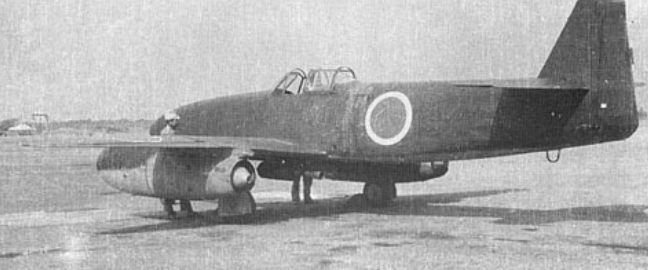
The pilot had been uneasy about the angle at which the rocket tubes had been set, but, with no time to correct them, they decided to simply reduce the thrust of the rockets from 800 kg to only 400 kg. Four seconds into take off the RATO was actuated, immediately jolting the aircraft back onto its tail leaving the pilot with no effective tail control. After the nine-second burning time of the RATO ran out, the nose came down and the nose wheel contacted the runway, resulting in a sudden deceleration, however, both engines were still functioning normally. At this point, the pilot opted to abort the take off but fighting to brake the aircraft and perform a ground loop only put him in danger of running it into other installations. Eventually, the aircraft ran over a drainage ditch, which caught the tricycle landing gear, and the aircraft continued to skid forward and stopped short of the water's edge.[4] Before it could be repaired, Japan had surrendered, and the War was over.
At this point, the second prototype was close to completion, and approximately twenty-three more airframes were under construction.[1] Five of these were two-seat trainers.
gallery:
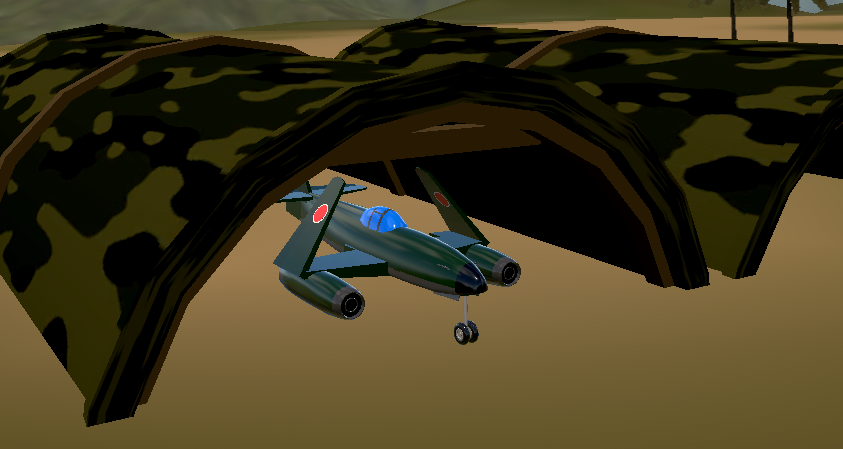
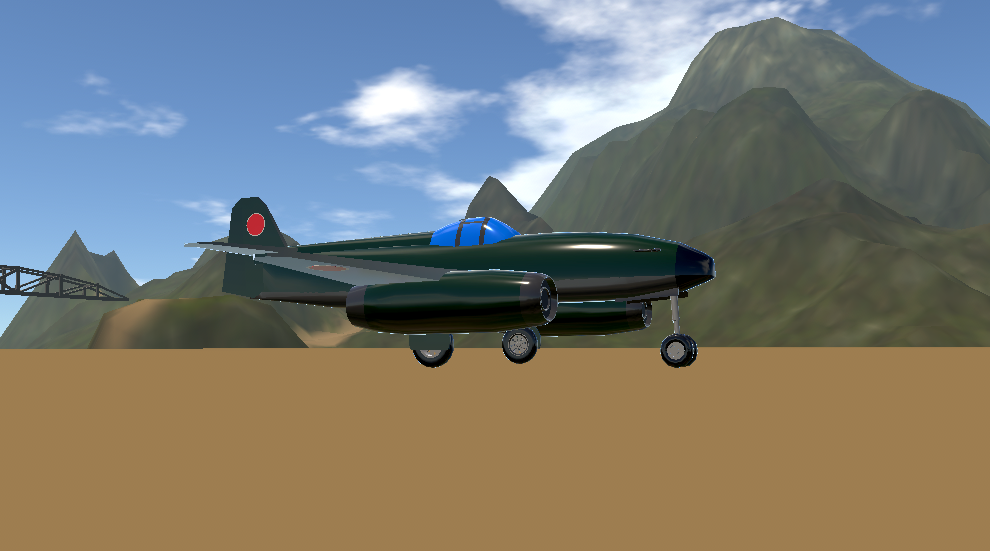
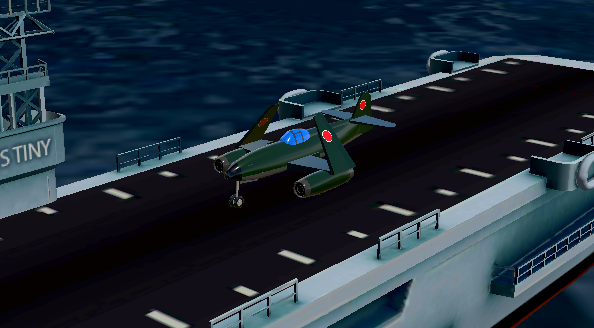
Specifications
General Characteristics
- Created On Android
- Wingspan 47.7ft (14.5m)
- Length 43.6ft (13.3m)
- Height 15.1ft (4.6m)
- Empty Weight 15,095lbs (6,847kg)
- Loaded Weight 21,545lbs (9,773kg)
Performance
- Power/Weight Ratio 1.043
- Wing Loading 31.7lbs/ft2 (154.6kg/m2)
- Wing Area 680.5ft2 (63.2m2)
- Drag Points 6464
Parts
- Number of Parts 104
- Control Surfaces 9
- Performance Cost 503

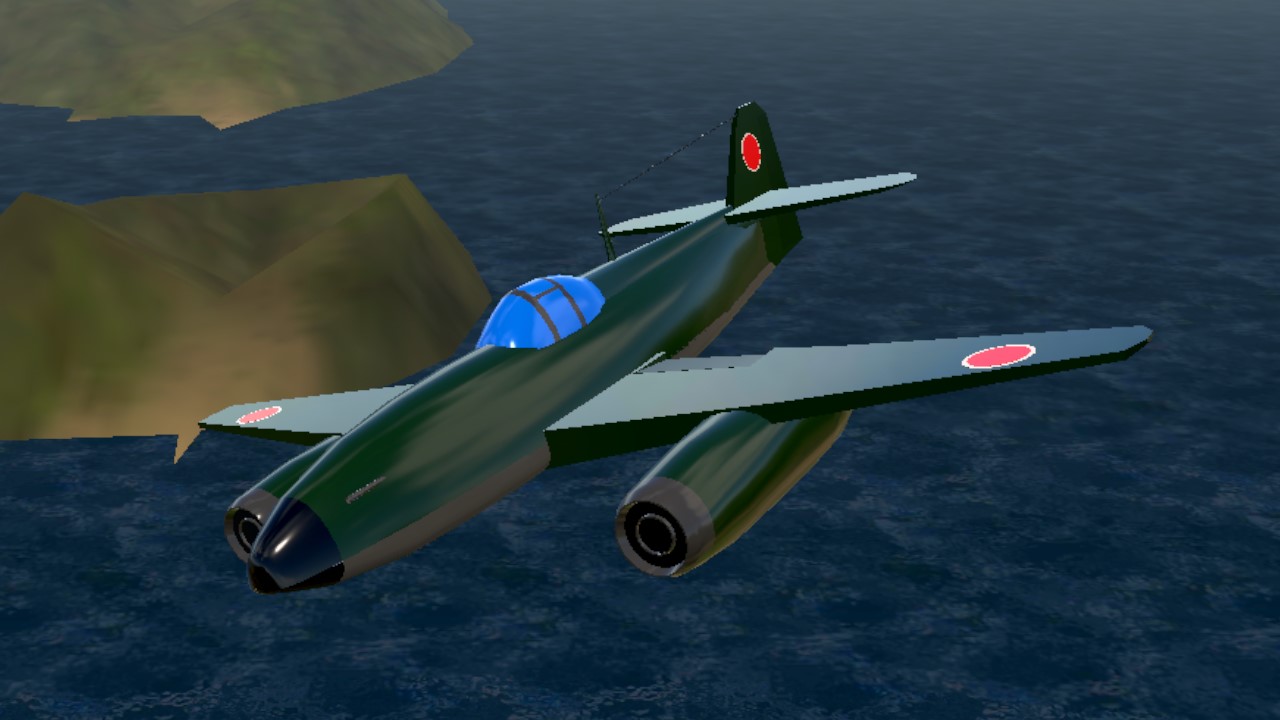
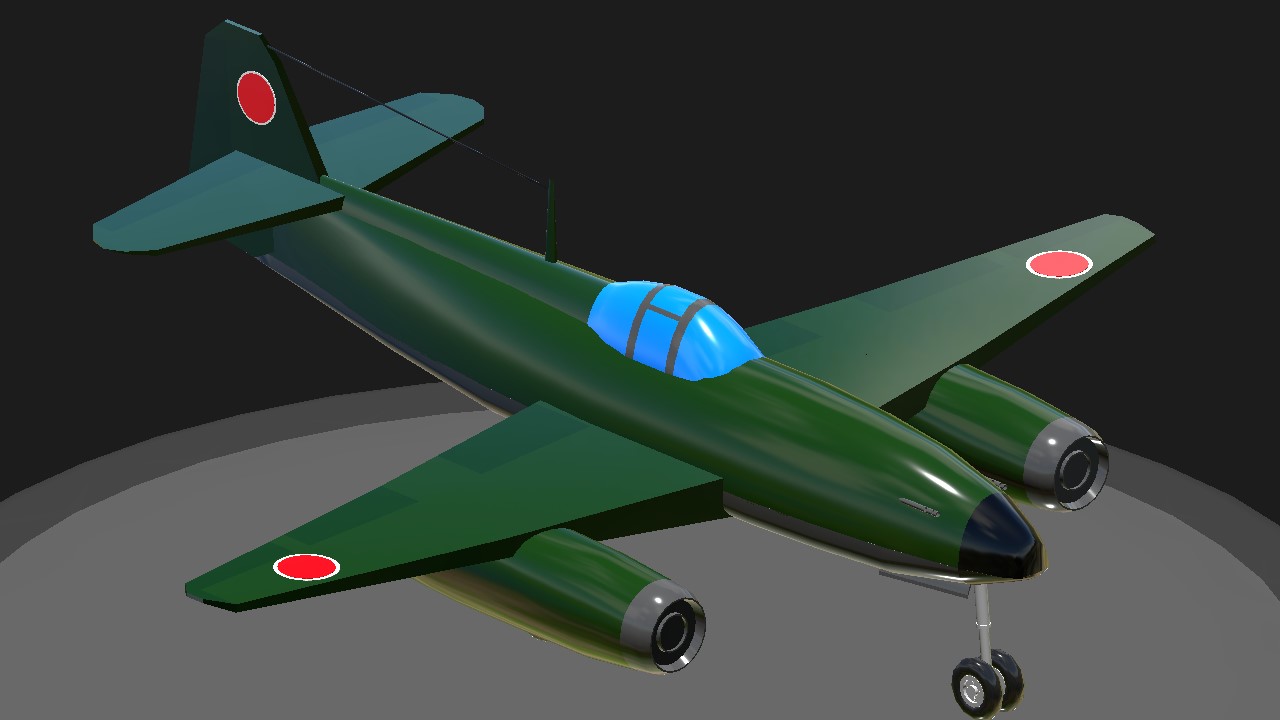
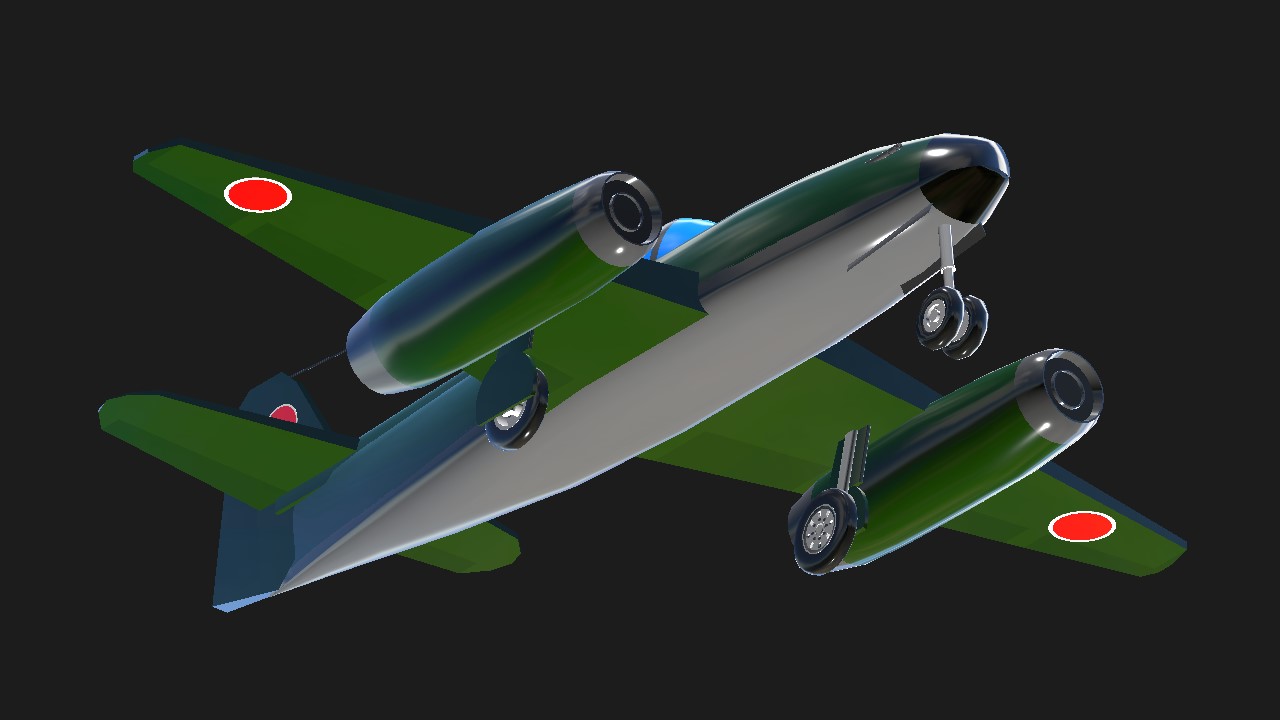
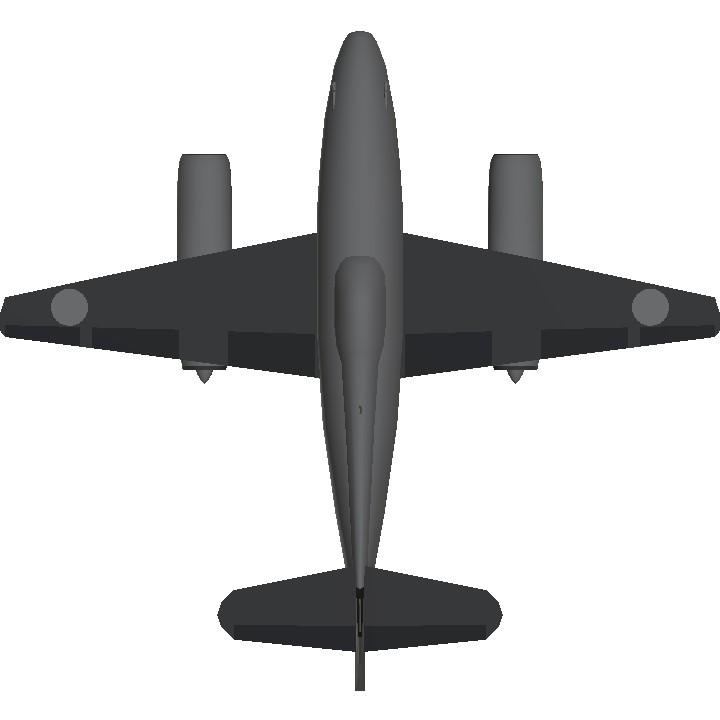
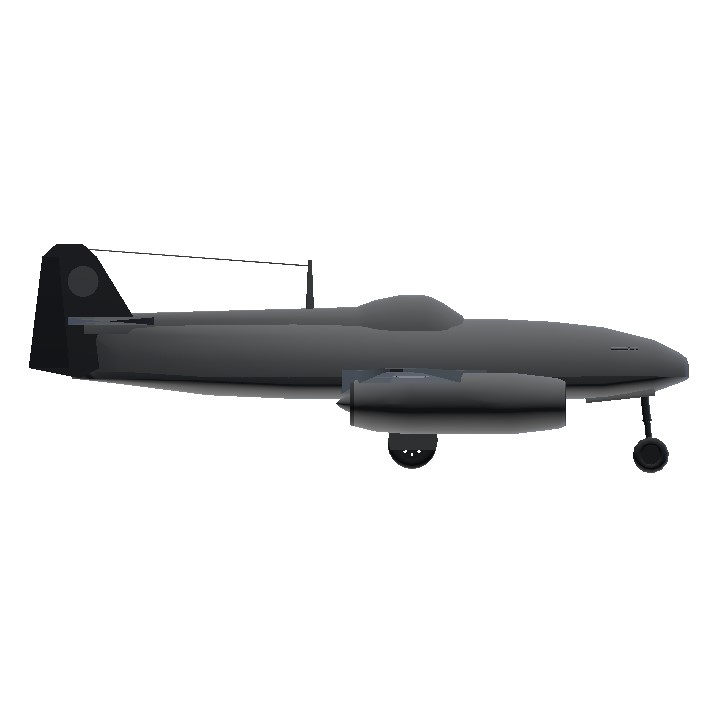

I will just... Recolor the aircraft and modify it a bit to say its a different plane, no one will find out that...
@Pakdaaircraftindustries
this is so real lol
@Pakdaaircraftindustries yeah, it is very goofy lol
@keiyronelleavgeek566 plus looks funny
@keiyronelleavgeek566 still a me-262 looking aircraft
@Pakdaaircraftindustries that's literally made by Messerschmitt though...
@keiyronelleavgeek566
Judges everyone in ME.P-65
@DeeganWithABazooka
agrees in Ki 201
@keiyronelleavgeek566 Laughs in SU-9
yeah...literally just a Japanese Me-262 lol
there are so many Me-262 ripoffs.